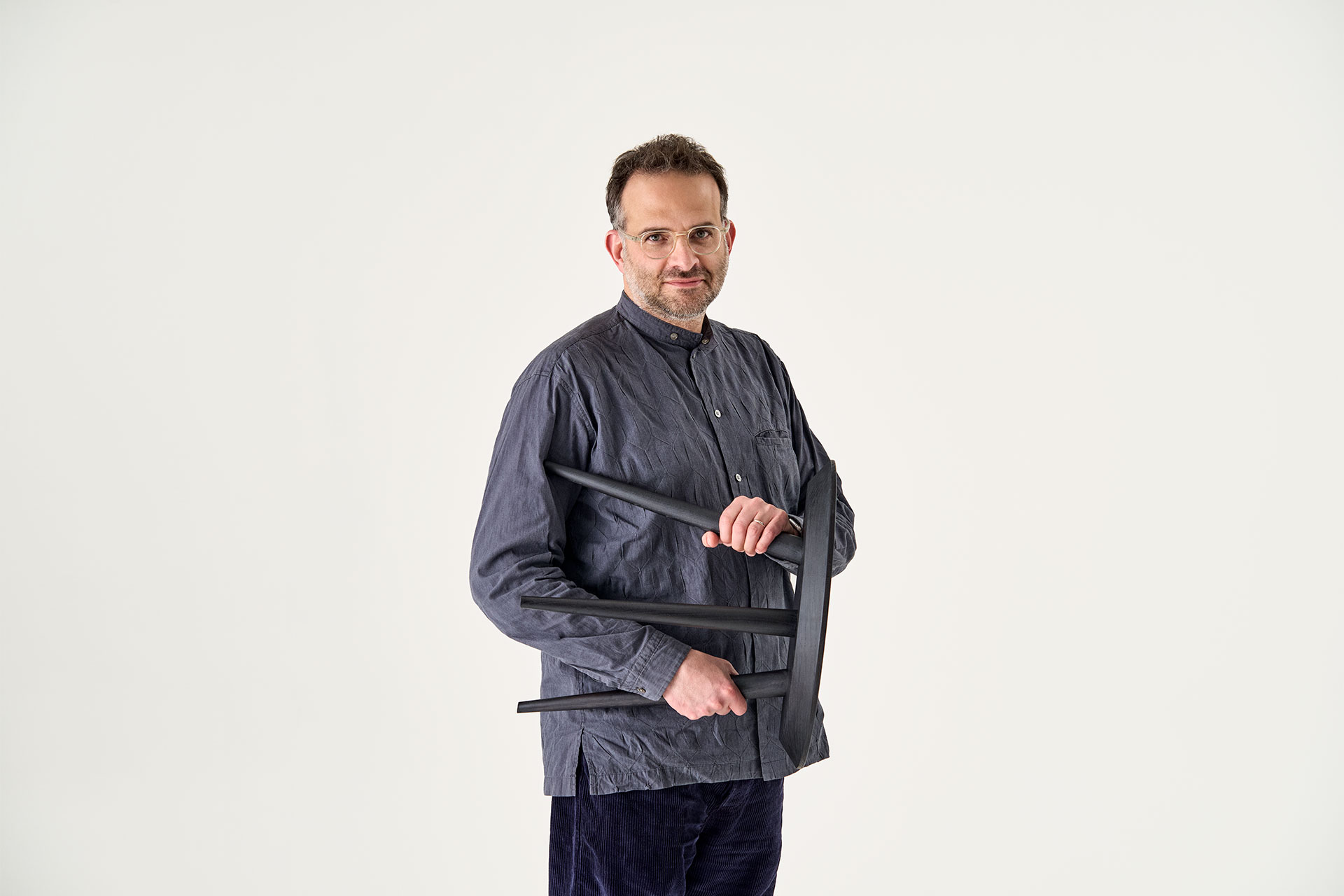Our story
Tamart is a new design brand founded by the London-based, award-winning architect Amos Goldreich, honouring the work and love story of his late parents, the modernist architects and polymaths, Tamar de Shalit (1932–2009) and Arthur Goldreich (1929–2011).
Powered by love
Drawn from an archive of over 10,000 original plans, photographs, documents, and prototypes that Goldreich unearthed unexpectedly and then catalogued after his parents’ passing, Tamart – (the word derived from the union of Tamar and Arthur’s names) becomes a new chapter in the legacy of de Shalit and Goldreich. In celebration of their layered creative partnership and romantic love story, Tamart is an expression of their synergistic and multi-disciplinary achievements across architecture, art, graphic, and industrial design, as well as textiles, fashion, jewellery, set and costume design for theatre. Tamart is also an expression of Amos Goldreich’s own journey of exploring his parents’ archive and then, as the brand’s creative director, contemporising their designs to give them new relevance in the present.
Amos Goldreich
Amos Goldreich graduated from the Architectural Association in London in 1999 and subsequently worked for renowned practices such as David Chipperfield, Stanton Williams, Haworth Tompkins, and Feilden Clegg Bradley Studios. In 2010, he founded Amos Goldreich Architecture, which focussed on residential, commercial, and social projects, including a purpose-built shelter for victims of domestic violence. In 2024, he launched Tamart, where, as Creative Director, he continues the legacy of his late parents, Arthur Goldreich and Tamar de Shalit, through timeless and compelling designs that positively impact the built environment.
Tamar de Shalit
Tamar de Shalit was raised in Tel Aviv and studied in London, where she met her creative partner and future husband, Arthur Goldreich. She later joined Nachum Maron’s Israel Product Design Office (IPDO), where she designed the interior architecture for the court of the high-profile trial of Adolf Eichmann in Jerusalem in 1961 and other ministerial and civic design projects. Her multidisciplinary design work, steeped in modernist principles, covered interiors, furniture, lighting, textiles, fashion, and jewellery and played a significant role in the architectural and design scene, which helped redefine Israeli modernist and brutalist styles. She also designed exhibitions, products, and notably the much-publicised penthouse apartment of the philanthropist Sir Charles Clore, situated at the Weizmann Institute of Science.
Arthur Goldreich
Arthur Goldreich, born in South Africa, studied architecture in Israel with the hope of participating in the state’s physical and ideological construction. He returned to 1950s South Africa to continue his studies before attending the Central School of Arts and Craft (now Central Saint Martins) in London to hone his skills in industrial design. This led him to meet Tamar de Shalit. With art exhibitions shown internationally and set designs and costumes for high-profile theatre productions, Goldreich was also a vocal anti-apartheid activist, later arrested in 1963 with Nelson Mandela. Founder of the Department of Environmental and Industrial Design at the Bezalel Academy in Jerusalem, Goldreich became one of the most influential professors of design and architecture, integrating critical-political discourse into design education. His design work, both in partnership with de Shalit and his solo work, remains highly regarded.








